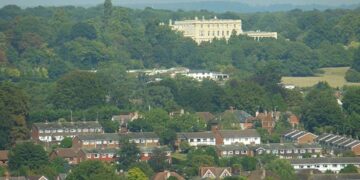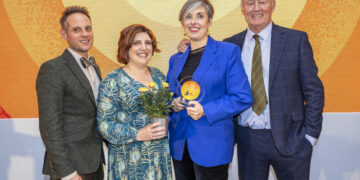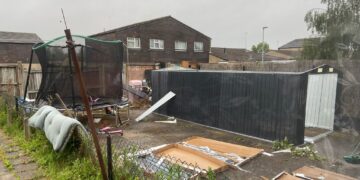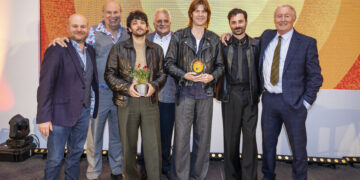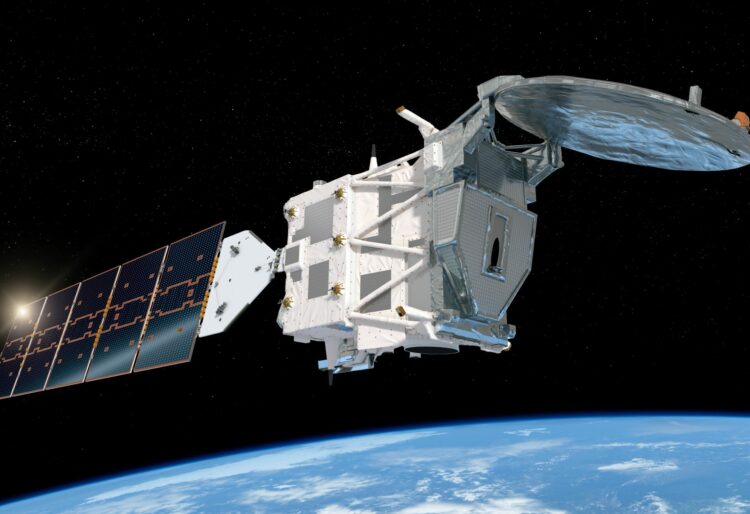A SATELLITE 30 years in the making is set to launch as a scientist in Reading seeks to understand the role of clouds and aerosol particles in climate change.
The EarthCARE satellite was first conceived in 1993 by Professor Anthony Illingworth, and atmospheric physicist at the University of Reading, and the project was adopted by the European Space Agency in 2004.
The satellite is now due to launch on board one of Elon Musk’s SpaceX Falcon 9 rockets at the Vandenberg Space Force Base in California.
It will launch no earlier than Tuesday, May 28, though launch times are dictated by critical factors such as weather and the timing of planetary orbits, if relevant.
Professor Illingworth’s project will use four state-of-the-art scientific instruments to examine clouds and aerosol particles, which will help us understand how they interact with the climate on Earth.
Among the instruments installed on the satellite are lidar and radar detectors, never before used in space, that will provide detailed vertical profile of clouds.
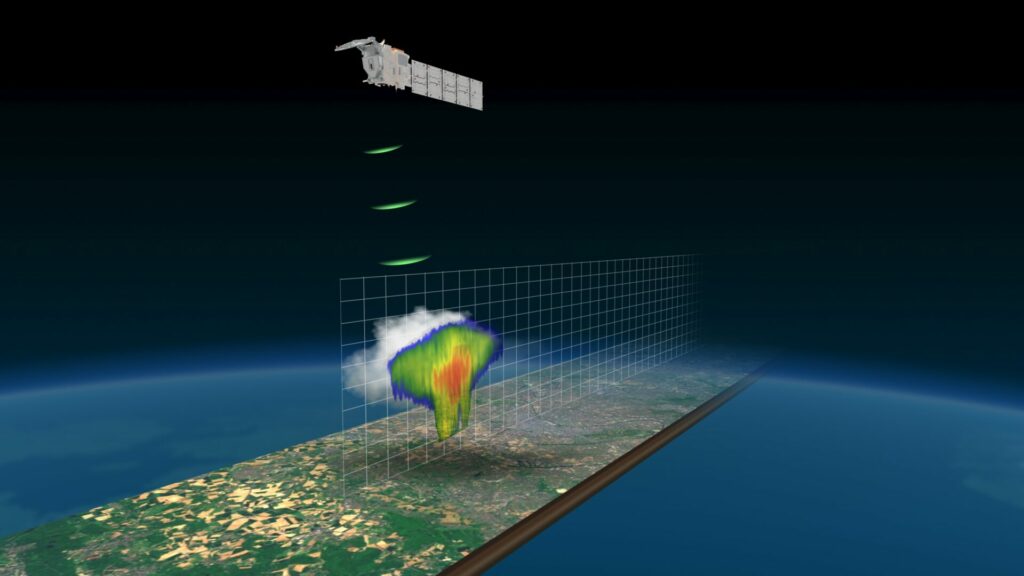
They’ll be used in conjunction with a radiometer, which measures electromagnetic radiation, and a multi-spectral imager, which captures images using specific wavelengths of light.
These four instruments will allow scientists to understand better the role that clouds and aerosol particles play in reflecting incoming radiation back into space and trapping infrared radiation emitted from the Earth.
Current models do not agree on how effective clouds are at creating a barrier between the Earth and space, and in turn their impact on global warming.
The EarthCARE project will help to further improve climate models and better inform policy decisions and predictions.
The satellite will spend three years in space, circling the Earth every 90 minutes in an orbit nearly 400km above the surface, one of the largest and most complex missions within the European Space Agency’s (ESA) Earth Explorer programme.
The project is a joint venture between the ESA and the Japan Aerospace Exploration Agency, involving 23 collaborators in the UK, including the Universities of Reading, Oxford, and Leicester, Airbus, the National Centre for Atmospheric Science, and Surrey Satellite Technology.
Professor Anthony Illingworth, said: “When we first started dreaming up this project, I never imagined I would be flying out to the United States to watch our satellite launch 30 years later. It’s been a long and challenging journey with an amazing team of dedicated scientists and engineers from the UK and abroad. Together, we’ve created something truly remarkable that will change the way we understand our planet.
“The data we gather from EarthCARE will be invaluable in helping us observe the precise mechanisms involved in how clouds and dust reflect and absorb heat. This will make our predictions for the future of our climate even more precise, meaning we can make more informed decisions about how to mitigate and adapt to the challenges posed by a warming world.
“The extraordinary data we receive will help us create a more sustainable future for our planet. It’s a humbling and thrilling experience to be part of something so significant.”

